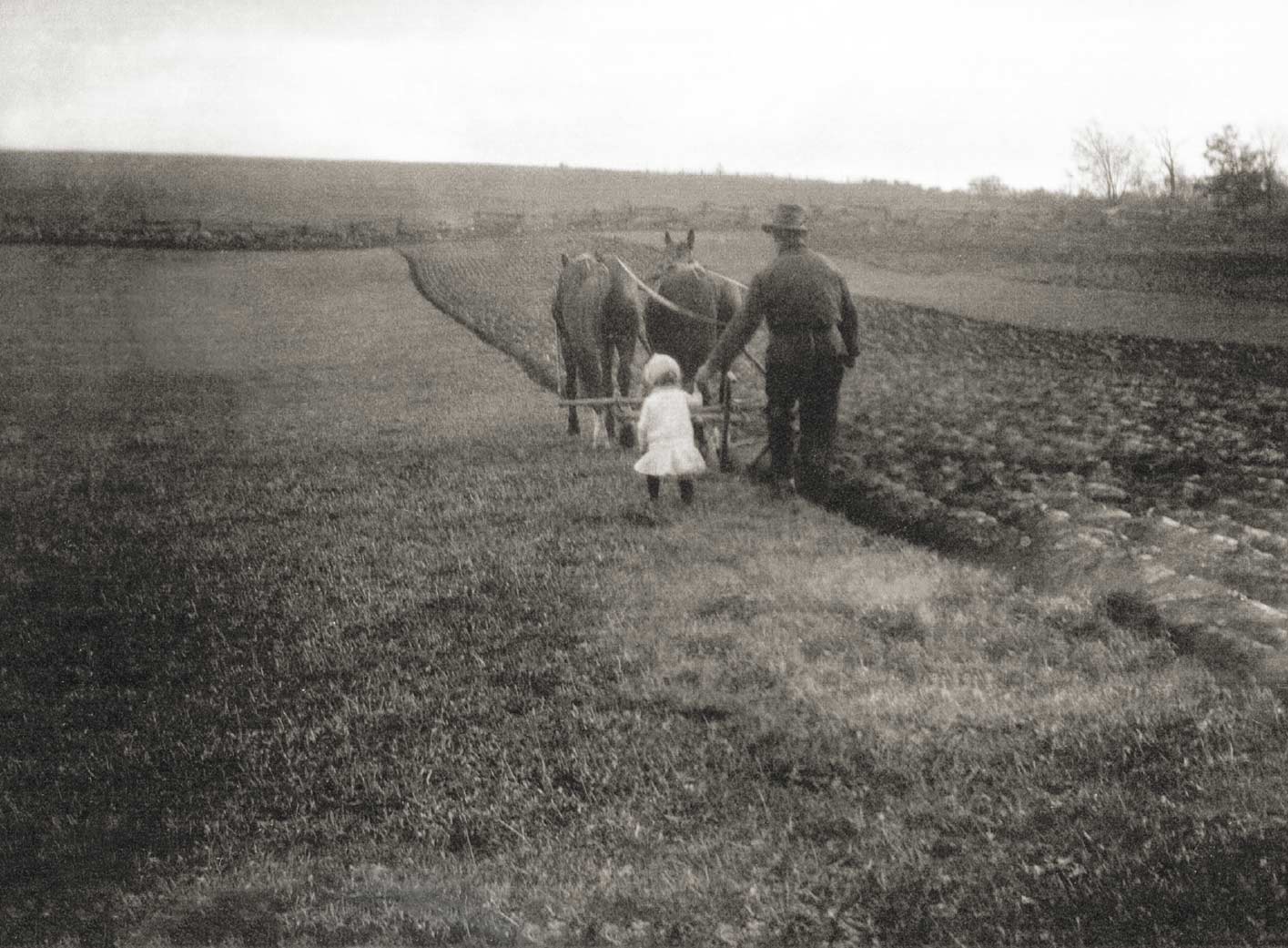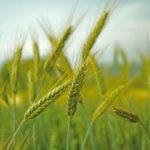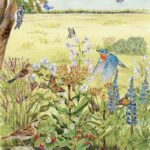
Photograph Courtesy Brighton Digital Archives, David Down Collection
Circa 1920
In this summer issue of Watershed, our goal was to uncover the connections our local farmers have to the land and to explore their determination and commitment to their jobs.
Even though the farmers came from different corners of Northumberland, Quinte and Prince Edward County, there were common threads that tied their stories together.
This photograph was taken a hundred years ago, but it seems to weave those threads into a tapestry that tells the seamless story of all farmers – their love of the land, their enduring resilience and patience, and their shared work ethic that is passed from one generation to another.
The photo shows Will Down, a farmer from Orland, just north of Brighton, holding the hand of his young son John as he plows his field.
The furrows that disappear into the horizon signify the countless hours of work that Will and his team have spent, and the unplowed field to the left represents the hours yet to be spent. The task facing Will is daunting.
The connection between father and son is simple and gentle. For young John, walking in his father’s footsteps isn’t a metaphor. Young John’s need to “help” his father and Will’s willingness and patience to slow his pace to match his son’s, shows an understanding of how a farmer’s love of the land is passed along.
The horses tethered to the reins held in Will’s hands also play a prominent role in the photo. Although gas-powered equipment became more commonplace in rural Ontario in the 1920s, farmers still depended on their horses to bear the brunt of the labour, and much of what was produced on the farm – oats and hay – was used to feed them. It wasn’t until after the Second World War that Ontario farms became fully mechanized.
And as this photo implies, independence and interdependency are timeless watchwords for any farmer.




